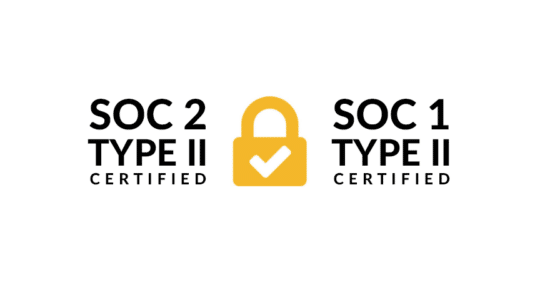There’s no doubt that the General Data Protection Regulation (or GDPR) — which comes into effect on May 25, 2018 — is going to have a major impact on marketing. The entire industry is buzzing with what exactly the implications might be, but one area that is a sure bet to watch is native advertising.
Native advertising is a type of advertising, usually online, that fits in with the form and function of the space in which it appears. Often this equals an online ad that takes the form of an article or video that matches the style and format of other editorial pieces on the platform. Hence, “native” advertising, or advertising that belongs and is natural to its environment.
In this blog post, we’ll discuss three reasons GDPR could be just the boost that native advertising needs.
1. When Done Right, Consumers Want Native Advertising
The GDPR generally requires that consumers give specific consent for how their info is used. That’s bad news for lazy advertising, but great news for creative, compelling advertising.
At its core, native advertising should fit seamlessly with the content that users want to see. For example, a native ad in The New York Times promoting “Orange is The New Black” was the most emailed module on www.nytimes.com on June 13, 2014. It was an intriguing piece that explored the reality of life for female prison inmates, proving that advertising that doesn’t feel like advertising can be embraced by consumers. When done right, consumers won’t just share ads; they’ll happily give their consent to see them.
2. Native Advertising Fits Naturally With How Consumers Use Devices
When advertising interrupts the ways customers prefer to engage with content, the entire Internet hears about it. Native advertising offers marketers a chance to engage (instead of enrage) customers because it’s the only form of advertising that can take full advantage of all the facets of mobile, and do so without feeling intrusive.
For example, IBM and the team behind the movie “Hidden Figures” teamed up to create sponsored content in the form of an app. Consumers who downloaded the app could go on a scavenger hunt to find landmarks giving tribute to famous women in science and technology fields. This form of advertising not only leveraged augmented reality to showcase facts about the landmarks, but it took advantage of smartphone GPS capabilities.
If marketers want to get customer consent for their ads, they’re going to have to offer experiences that add value and fit seamlessly with how consumers use their devices. Fortunately, native advertising allows marketers to take advantage of the full scope of device functionality, instead of relegating ads to a banner on the side of a screen.
3. Native Advertising Offers Marketers More Mobile Opportunity
According to Business Insider, native advertising will drive 74% of all advertising revenue by 2021. A primary reason is that native ads are far better at engaging users than static banners. Marketers can create native ads in the form of consumer content, influencer marketing, topical articles, mobile apps, social media, eye-catching videos, and more.
Furthermore, native ads inherently shine on mobile, which is exactly where all marketing is heading. Ads that were designed for one type of customer and carelessly sent to all devices regardless of shape, size, or form are out. But ads that are designed for mobile devices, the way customers want to use them, in a variety of truly engaging formats — that’s the kind of advertising that consumers want to receive and marketers want to make.
What Do You Think?
What are your predictions for the impact of the GDPR on native advertising? Tell us in the comments below. Better yet, join us at Postback, where you’ll hear thoughts on the subject from some of the industry’s top minds, and have a chance to share your own with marketing and advertising professionals from around the world.
For more information on the upcoming General Data Protection Regulation and how you can prepare, visit our page on GDPR preparation.
Author
Becky is the Senior Content Marketing Manager at TUNE. Before TUNE, she handled content strategy and marketing communications at several tech startups in the Bay Area. Becky received her bachelor's degree in English from Wake Forest University. After a decade in San Francisco and Seattle, she has returned home to Charleston, SC, where you can find her strolling through Hampton Park with her pup and enjoying the simple things in life.



